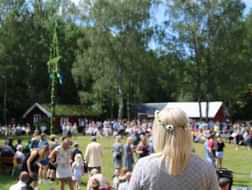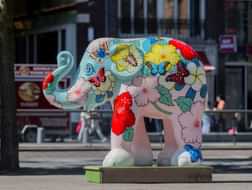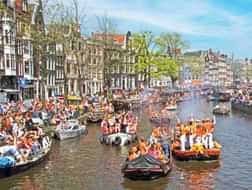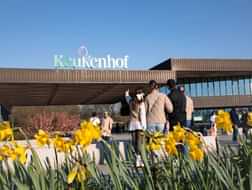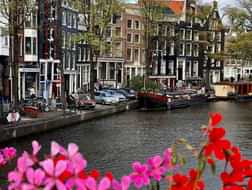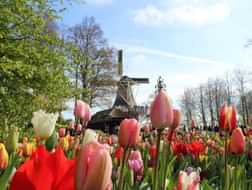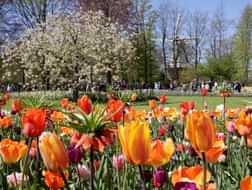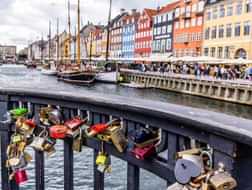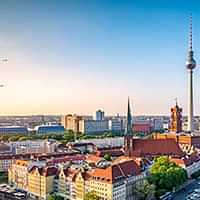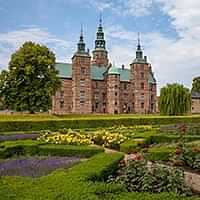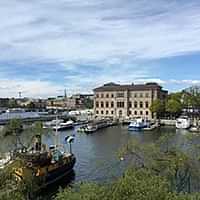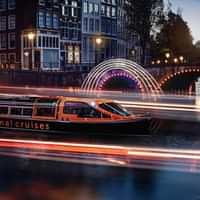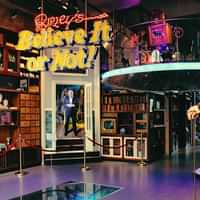A brief history of Rotterdam

Its history plays a strong role in the development of any city but this is especially true of Rotterdam. Rotterdam’s history has shaped its identity, architecture and culture. Anyone who really wants to get to know Rotterdam, has to explore its history.
Much of the city’s history can be seen and experienced when you visit Rotterdam, especially its modern history. Wandering what to look out for when you visit the second city of the Netherlands? Read on and find out!
From fishing village to major port city
The earliest evidence of settlement of the area we now know as Rotterdam dates back to the 8th-century. This early settlement grew into a fishing village called ‘Rotta’ on the lower end of the river Rotte. Large floods wiped Rotta off the map, and lead to the construction of protective dikes and dams.
In 1260, a dam was built on the Rotte, creating Rotterdam, where today you can find the Hoogstraat. Less than 100 years later, in 1350, a shipping canal was completed which turned Rotterdam into a local trans-shipment centre and was the start of the city’s port history. Today, Rotterdam has the largest port in Europe and has become a transport hub for goods coming into and out of Europe.
There are great ways to learn more about Rotterdam’s maritime history. For instance, you can visit the Maritime Museum Rotterdam, which brings the city’s seafaring past, present and future to life. Or hop on a river cruise, to see the city from the water.
A time of growth and expansion
After the Napoleonic Wars, the entire country was filled with positivity as trade was revived. Though it took a lot of work to get the port of Rotterdam back in shape, such as digging a new canal to connect the city to the North Sea, a bright future lay ahead. At the end of the nineteenth century Rotterdam went through a massive growth spurt, with the city and the harbour expanding to the south side of the river.
One year after the new canal was put in use, the Holland-Amerika line was established in Rotterdam. In 1901, it moved its headquarters into the now famous Hotel New York, which is not far from where you can visit the former flagship of the company the SS Rotterdam. While in 1898, the Witte Huis, Europe’s first high rise building, was constructed in the city reaching 45 metres.
Destruction and post-war reconstruction
The 20th-century was not as kind to the city of Rotterdam, especially the World War II. When the Netherlands were invaded, there was strong resistance. On 14 May 1940, the fourth day of the invasion, the Nazis bombed Rotterdam, destroying most of the city centre and forcing the Dutch army to capitulate.
The destruction has been captured in the statue ‘The Destroyed City’, which you can see on Plein 1940. After the war, much of the city had to be rebuilt, which has given the city centre a very modern look and feel, with the occasional old building still standing. In 1948, a new motto was added to the city’s coat of arms: Sterker door strijd (Stronger through struggle).
There are plenty of examples of modern structures that have made Rotterdam the architecture capital of the Netherlands. Places that should be on any visitors must visit list include the iconic yellow Cube Houses and the Markhal, the Erasmus Bridge and the Euromast. From the Euromast’s viewing platform you can see the entire city spread out before you, both the old parts like Delfshaven and the modern, reconstructed parts.
Our top tips

